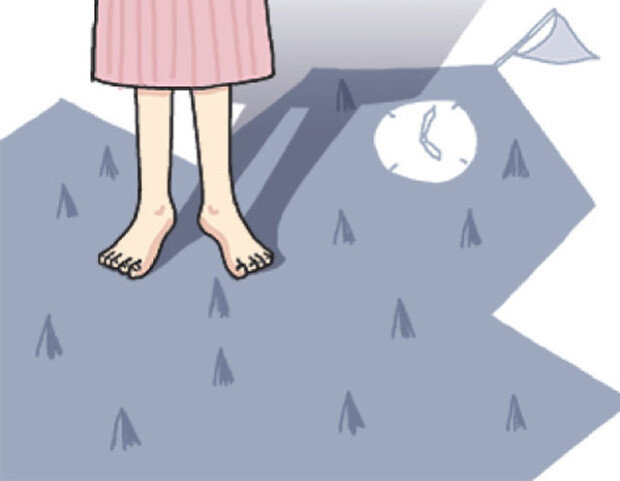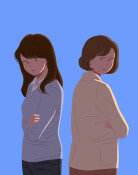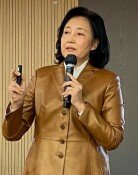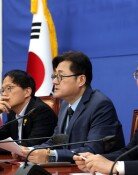On a land of wounds
On a land of wounds
Posted May. 19, 2021 07:07,
Updated May. 19, 2021 07:07

It was the first day that a 14-year-old girl went to school. No one except the teacher talked to her. At lunchtime, she finished her lunch and walked to the middle of the classroom. It was to drink water in the water bucket next to the stove. When she drank water with a scoop, a child less than seven years old came into the room and said, “Will you scoop water for me, too?” When she handed water to the child, he said, “Thank you.” She felt a lump in her throat after hearing it. The child was the first person to ever speak to her. She blinked hard to not cry.
She was born to a Chinese mother and a white father. Her mother who died three years ago was born to a Korean father and a Chinese mother. Everyone else was white. When she attended school despite their opposition, they decided not to send their children to school. For them, the school was only for whites. “She speaks our language,” they said. English was their exclusive language. White people acted as if the land that they stole from American Indians, which was belonged to them, children and adults alike.
This is a story from “Prairie Lotus” by Korean American writer Linda Sue Park. The novel depicts pain of a girl who lives in a small town in the U.S. and faces racial discrimination. The author experienced almost the same discrimination as the girl in the novel. The background of the novel is the late 19th century where Korean immigrants were rarely seen in the U.S., but the author’s experience is reflected here and there in the novel. The U.S. was still a country of racial discrimination even in the 21st century. Park looked back on her wounds of the past and added fiction on them. She used her wounds as the source of the novel, hoping that it would be a consolation or “food for thought” for some. Flowers bloomed on a land of wounds.







